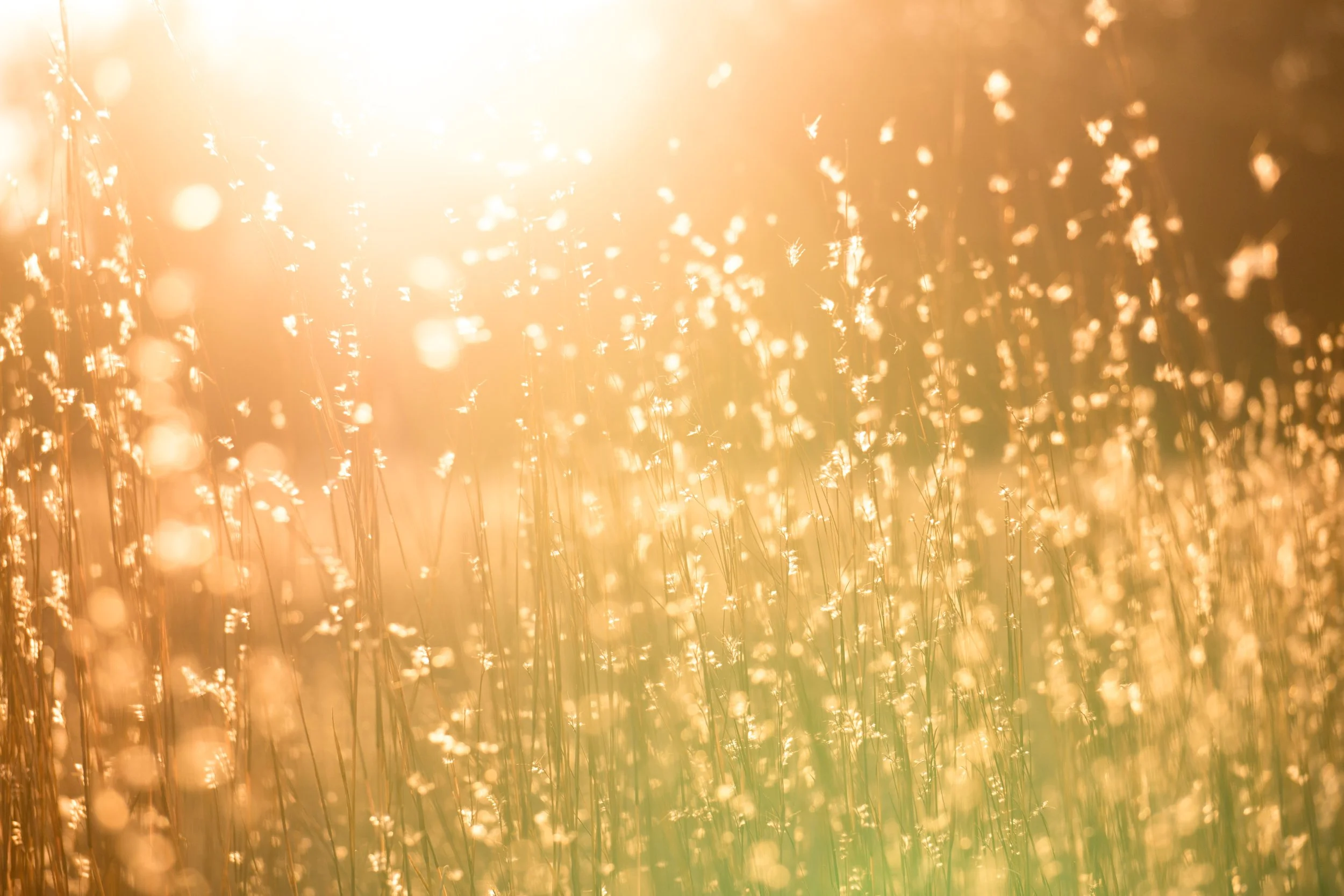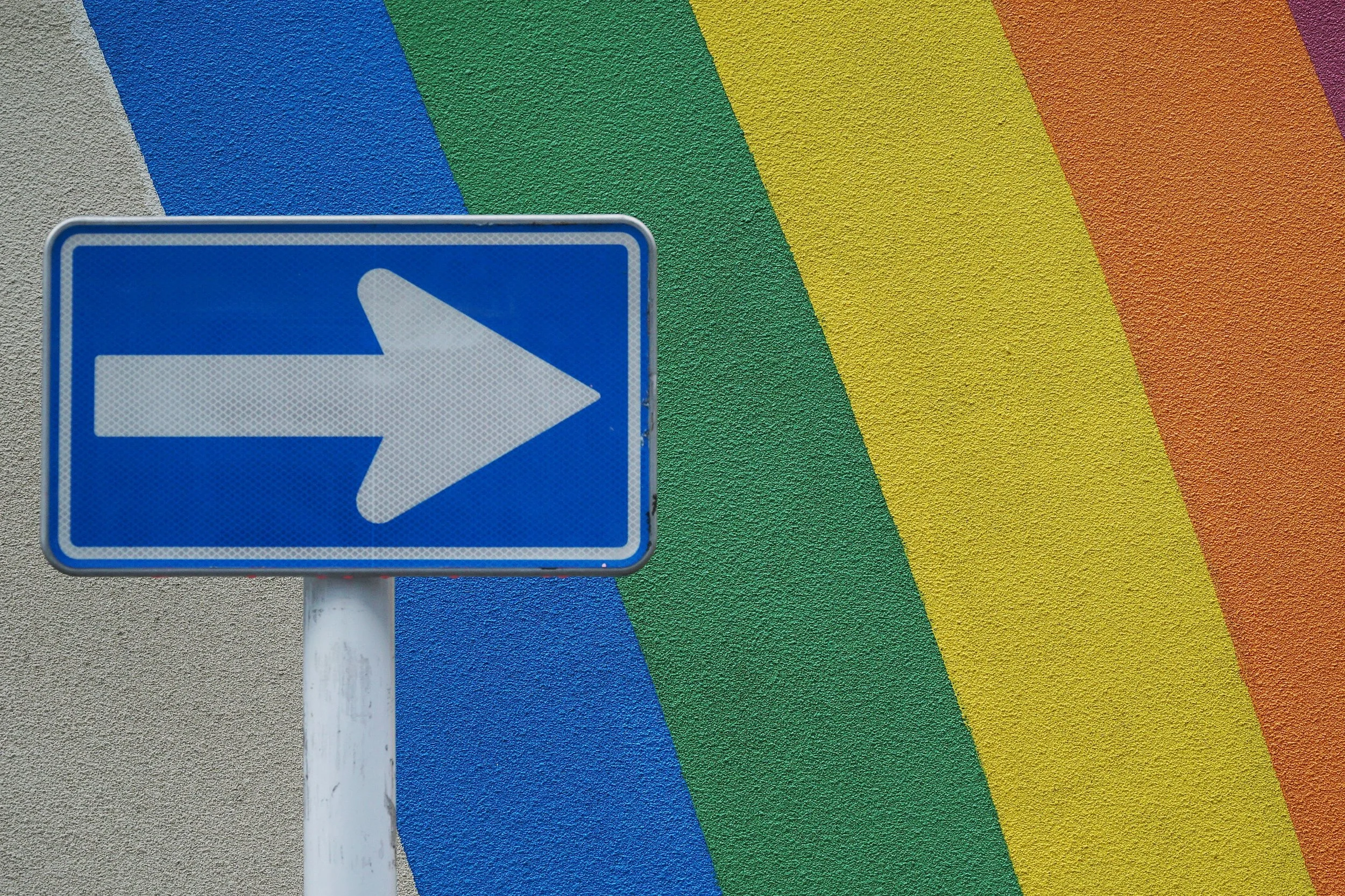Different types of healing: Individual to collective
Various forms of healing: Individual, relational & collective
Healing is a big, broad topic. It stretches across time and disciplines, ranging from ancient spiritual practices used by Shamans to advancements in conventional medicine that influence how science thinks about healing today.
There is also a growing field that focuses on healing at the collective level—in our societies, communities, between groups of people. This takes various forms from mental health initiatives to policy and systems change.
Below I want to take you on a ride to explore the various forms of healing that are out there. Think of this as a high-level map. It can serve as a framework for thinking about types of wounds and different methods of healing.
I organize healing into three main categories:
Individual healing: at the personal level.
Relational healing: between two or more people, but limited to a small group.
Collective healing: within a large group of people.
What I share is far from exhaustive, but I hope can serve as a starting place to organize your thinking around what different types and methods of healing are out there.
A note on interconnectedness
Although I delineate between different types of healing, none of them exist on their own. Instead all forms of healing and wounding overlap and interconnect with one another. Therefore, I invite you to explore what I share from an integrative perspective. Understanding that all forms of healing impact each other.
Individual: Types and methods of healing
Individual wounds and healing can be thought about as taking place at different layers of a person’s system.
Physical healing
Happens at the physical level of the body addressing imbalances or wounds that affect a person’s physical well being, like a cold, stomach bug, broken bone, chronic pain, cancer. Methods of healing can range from alternative medicine, such as homeopathy, to modern medicine such as antibiotics and surgeries.
Emotional and psychological healing
Revolves around a person’s mental health and emotional health addressing things like anxiety, depression, psychological trauma, stress. Psychotherapy, yoga and meditation, reflection and contemplation can all help someone emotionally and psychologically heal.
Spiritual healing
Addresses ailments that are spiritual in nature, such as a sense of purposelessness and directionless, feeling existentially alone and untethered, lacking vital energy and a will to live. Spiritual mentors, religious leaders and chaplains, and traditional healers can help guide someone to spiritually heal. This can help someone reconnect with God, Source, the Universe, or their Higher Self, and define what that relationship means to them.
Energy healing
Involves methods of healing that manipulate the body's subtle energy fields to promote health and well-being. This can help energetic imbalances that manifest physically—lethargy, allergies, gut health—as well as psychologically—stress, anxiety. Examples include acupuncture, Reiki and breathing exercises.
Relational: Types and methods of healing
Relational wounds are ones that exist between a small number of people. They affect the dynamic of a relationship: people’s ability to get along, to communicate, to co-exist, to build and collaborate, to live in harmony.
Interpersonal healing
Happens between two people, such as a couple, friends, partners, colleagues. Couples or marriage counseling, mediation processes, and honest, constructive dialogue can help heal new or longstanding issues.
Family healing
When dynamics within a family system need healing, things like family therapy help resolve communication issues, identify blind spots, support major life changes and more. Family constellations therapy can also spiritually and energetically help heal health problems within a family system.
Community-based healing
At the relational level, community healing can address harm done between members of a community through restorative justice practices. This includes accountability and reparations, as well as a community-based process to heal harm done to victims, the larger community, and the offenders themselves, by addressing mental health and emotional health needs.
Collective: Types and methods of healing
Collective healing addresses collectively-shared wounds held across a large group of people. As a field of research and practice, it is vast and varied. It is new and nascent in some ways, but also ancient and steeped in a rich history in other ways.
Intergenerational and ancestral healing
Addresses wounds passed down across generations due to war, conflict, famine, abuse, addiction. Epigenetic research within modern medicine provides evidence that intergenerational trauma is inherited. Psychotherapy that takes an intergenerational lens can help heal these wounds, as well as collective spiritual practices rooted in a person’s cultural or religious lineage. As an example, Dr. Joy DeGruy’s work on Post Traumatic Slave Syndrome contributes to present day understanding of intergenerational trauma as it relates to the psychological and social effects of slavery on Black Americans and descendants of slaves. Beautiful work is done by spiritual practitioners like Daan Van Kampenhout with the intergenerational scarring Jewish families of Holocaust survivors hold.
Healing historical trauma
Addresses collective wounds within a group that has a shared history. This can include war, political and economic insecurity, genocide, cultural erasure, specific catastrophic events and more. Dr. Maria Yellow Horse Braveheart’s, PhD (Oglala/Hunkpapa Lakota) work on historical trauma inherited by Native and indigenous peoples due to colonialism and genocide has greatly influenced our understanding of this. Her framework for healing is: confront the historical trauma, understand it, release it and transcend it. Historical trauma impacts present day issues, as instances of war and violence reverberate across a country or group’s shared memory, such as the case with the Israel-Palestine conflict.
Healing systemic trauma
Addresses wounds due to systems of supremacy and oppression, as well as systemic failures and breakdown. Collectively-shared chronic pain due to persistent oppression, institutional failure, lack of distributive justice; experiences of interacting with the system and being let down by the system. Community members affected by poverty, gender inequality, and other structural issues, as well as nonprofit workers and activists who seek to change these issues can acutely feel this type of wound. Systems change, policy work, community-based initiatives, mutual support networks are various forms of healing through action.
Community-based healing
After a natural disaster or mass shooting, community-based healing at a large group level addresses the emotional and physical needs that the community has in the wake of the crisis. It can include resources to help a community collectively grieve, such as through vigils and memorials; making mental health resources widely available; and creating opportunities for the community to come together to rebuild.
Cultural healing
Includes the reclamation of language, customs, and traditions that have been subjugated or erased due to political and systemic forces. This type of healing can happen personally and within a family, as well as at a society level with the implementation of policies that culturally preserve land and through institutions, such as schools or museums, dedicated to specific cultures and cultural practices.
Inter-group healing
Addresses conflict, violence and imbalance between two groups of people within society. Truth and reconciliation initiatives, such as in South Africa in 1995 to address the multitude of human rights violations that took place during the apartheid regime. Or community policing initiatives in the US that address the long history of mistrust between low-income Black and brown communities and police.
Earth-based healing
Wounds related to our relationship with the Earth, the natural environment, our ecosystems. It addresses cultural and psychological disconnection due to being part of an economic system that is extractive, materially-driven, and unsustainable. Healing can come from lifestyle changes and advocacy, as well as spiritual practice that reconnects a person’s life energy with the Earth’s energy through breathing exercises, prayer, meditation.
We Heal For All’s approach to collective healing
Here at We Heal For All I explore and offer things on collective healing. The specific version of collective healing I focus on takes the form of support for the many normal feelings people have about what is happening in the world. Both to help change makers and sensitive souls to be in a healthier relationship with the world’s pain, as well as to facilitate deeper cultural and consciousness shifts that can address the creation of pain in the first place.
The form I practice spans several of the collective healing categories I share above, namely intergenerational, historical, systemic, community-based, and Earth-based. I see this type of collective healing as a growing need born from the complex times we live in. It is a tool that can help us actualize our emerging potential as people and society.
The spiritual calling I feel towards collective healing is invitational and co-creative. Meaning, it has been inviting me to be of service to it, and wants to extend that invitation to all who feel called.
If you feel resonance with this, I’d love for you to help me co-create what it means to collectively heal in the 21st century, and to hear what particular type of healing you practice or are drawn to. Like I shared at the beginning, all forms of healing are needed, important, and interconnected with one another, so whatever method of healing you practice in your life—thank you.
Subscribe to my Substack to receive receive essays and newsletters from me, or follow me on Instagram or Facebook. I have a new (and debut!) book coming out this Fall 2024, Collective Healing for our Complex Times: How to be in relationship with the world’s pain. Keep an eye out for that!
Hi, I’m Liz Moyer Benferhat. Writer, facilitator, coach, and development practitioner dedicated to the subtle interplay between how inner transformation feeds the outer transformation we need in the world. Welcome 🌿




